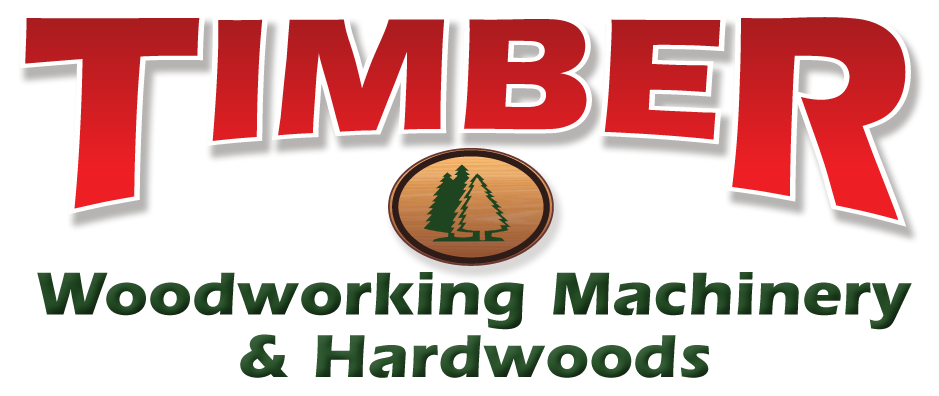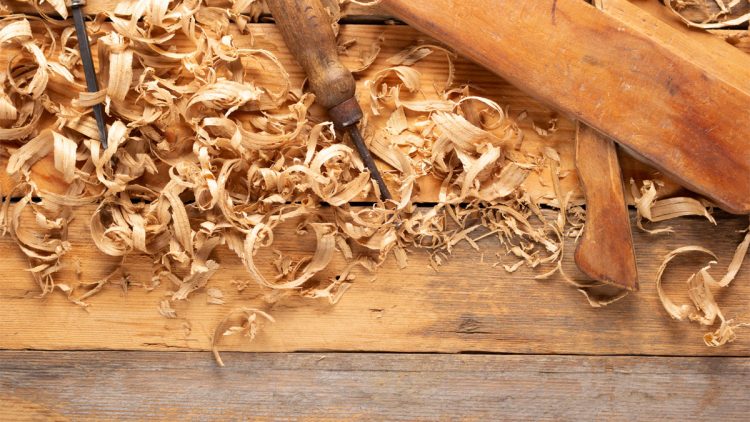Using A Table Saw
The most expensive table saws, which range from $700 for a contractor-grade model to $300 for a standard model, are sold by the size of the blades they can use. Most table saws are 10 inches, which is the best size for most carpentry and woodworking jobs. However, 8-inch table saws are good for small jobs, and 12-inch table saws are great for making deeper cuts in thicker materials. The following are parts of a table saw:
When you use a table saw, be careful.
Too many amateurs and professionals have hurt themselves badly because they don’t know how to use a table saw. The material being cut can get stuck and kick back if it is not handled properly. This can either throw the material at the person cutting it at high speed or jerk it violently and pull their fingers toward the blade. Here are some things you can do to lower the chance of kickback:
Don’t turn on the saw if the thing you want to cut is touching the blade.
When you make “rip” cuts, you should always use the rip fence.
For crosscuts, you should always use the miter gauge instead of the rip fence because the rip fence doesn’t provide enough support.
During the cut, make sure the material is flat against the table.
Take the time to read the manufacturer’s safety instructions and make sure to always wear goggles and ear protection when using the table saw. This will help prevent kickback. Take the saw off the power before you adjust or align the blade, and don’t take off the safety guards that came with it.
Getting Ready to Cut
You can make dado cuts, compound angles, and rabbet joints with table saw accessories like clamps, stops, and jigs. But woodworkers mostly use the table saw for two basic cuts. The most common way to use a table saw is to rip, which means cutting things to a certain width. Crosscutting is a way to cut things to a certain length. The steps below will show you how to make each of these common cuts with a table saw.
How to Use a Table Saw
The rip fence on a table saw lets you make the easiest cut by adjusting to the width of the cut you want. It also acts as a guide to help you keep the material steady while you cut.
First, get the saw ready.
Take the table saw off the power and put a rip blade that works with the material you want to cut into the blade arbor on top of the table. Change the height of the blade so that it doesn’t stick out more than ¼” above the material you’re cutting. If you want to cut long pieces of wood from ½” plywood, for example, don’t raise the blade more than ¾” above the table.
To do this, loosen the arbor nut (the nut that holds the blade in place) with the arbor nut wrench that came with your table saw. Then, put the rip blade on the table saw so that the teeth face the front of the machine. From the top down, a table saw blade spins toward you. This means that the sharp blades should face the front of the table saw and not the back. Make sure the arbor nut is tight.
Step 2: Put the fence in place.
To set up the rip fence, first release the locking lever on the front of the fence. This locks the fence in place, and then slide it so that the inside edge matches the cut width you want. There is a ruler on the front of your table saw to help you set up the fence, but don’t use it alone to measure your cut. How far is it from the fence to the edge of the saw blade tooth that is closest to you? Use a precise tape measure. There are two sets of teeth on a saw blade. One set faces left and the other faces right. If you measure to the closest edge, you’ll know how much wood the blade will remove during the cut. This is called the kerf.
Step 3: Put the wood in place.
Place the material to be cut on the table saw so that it lines up with the rip fence. Do not let the material touch the blade until the saw is fully on and the blade is moving at full speed. Before the blade can start cutting, the material must touch it. This will definitely cause kickback.
Step 4: Move the wood through the saw.
Slowly but firmly move the material along the rip fence with one or both hands, depending on how much control you need to keep the material flat on the table top and in line with the fence. When ripping big, thick boards, you should usually start by guiding the material with both hands and then switch to one hand as the cut gets closer to being done. Always keep the material flat when you cut it if it’s long and goes past the back of the table. You can use a table extension to support it or have someone help you support it. Don’t let go of the material as you walk around to the back of the table saw. If you do, the material could lift off the table, which would make kickback more likely.
Step 5: If you need to, use a push stick.
If you need to keep your fingers away from the moving blade, use a push stick. When you’re making narrow rips that put your fingers just a few inches from the blade, a push stick is there to help guide the material. Always use a push stick instead of taking a chance.
How to Use a Table Saw
How to Cut in Half
It’s important to remember not to use the rip fence as a guide when cutting cross-cuts on a table saw. Long pieces are kept stable by the rip fence, but most crosscuts are made on thin materials, like when you cut something in half or remove the end of a board. When crosscuts are being done, there isn’t enough material to fit along the rip fence, so trying to use it increases the risk of dangerous kickbacks. Use a miter gauge instead.
A miter gauge has a bar that fits into one of the deep grooves on the table’s surface and a guide fence that keeps the piece stable. The miter gauge slides from the front to the back of the table saw when the bar is in a groove. This lets you control the cut. A guide that looks like a protractor can be adjusted by loosening a knob and then choosing the right angle before tightening the knob again. There are times when the miter gauge that comes with a table saw is a bit light. If you’re going to be crosscutting a lot, you might want to buy a stronger aftermarket miter gauge. You can also use a miter sled (see “Note” below).
1. Turn off the power to the table saw and put a crosscut blade in the arbor, just like in Step 1 of “How to Rip.”
2. Change the miter gauge’s protractor guide to make crosscuts that are either straight or mitered, which means they are at an angle.
3. Place the material along the front edge of the miter gauge and make sure it is straight. If you need to, use clamps to hold it in place.
4. Connect the table saw to the power and turn it on. Do not put any wood on the blade until it is spinning at full speed.
5. Put the material you’re cutting and the miter gauge together very carefully and slowly move them through the moving blade.
6. Turn off the table saw before getting things that were cut off close to the blade.
Important: You might want to buy an extra miter sled to help hold your material steady while you crosscut it. A miter sled looks like a shallow rectangular box with slots already cut out of the bottom. You can place the material inside the sled and then slide the whole thing over the table to cut. There’s no need for you to buy one, though. There are free, detailed plans online that you can use to make your own miter sled. You could use your new table saw to make a miter sled as your first project.
We specialize in woodworking tools, equipment, and supplies for commercial woodworking cabinet shops or furniture manufacturers as well as the home shop hobbyist. Contact us today, or call if you should have any questions.

